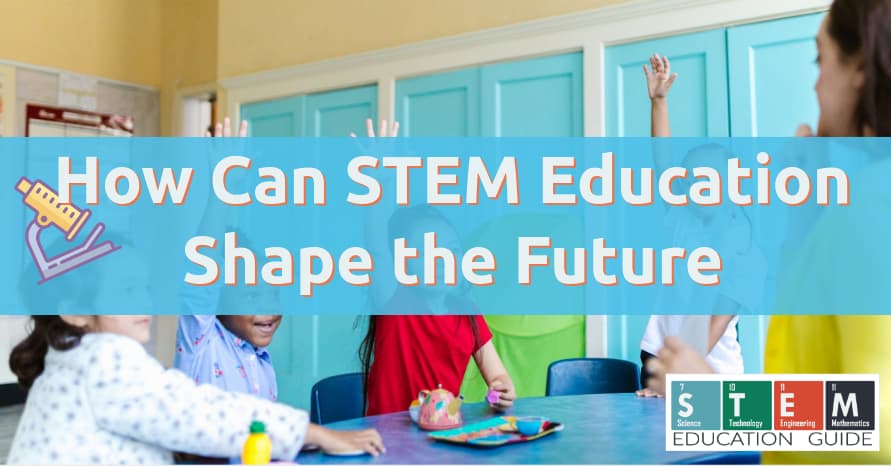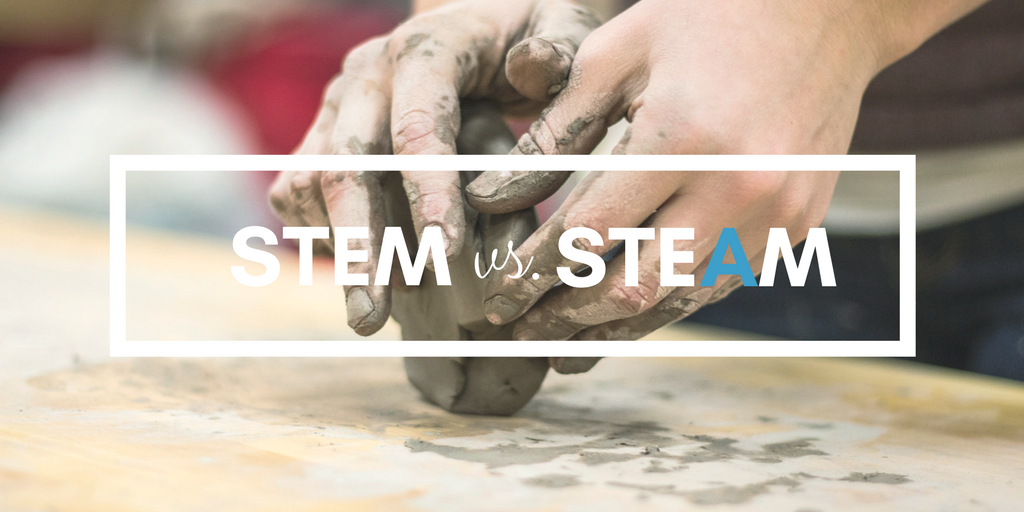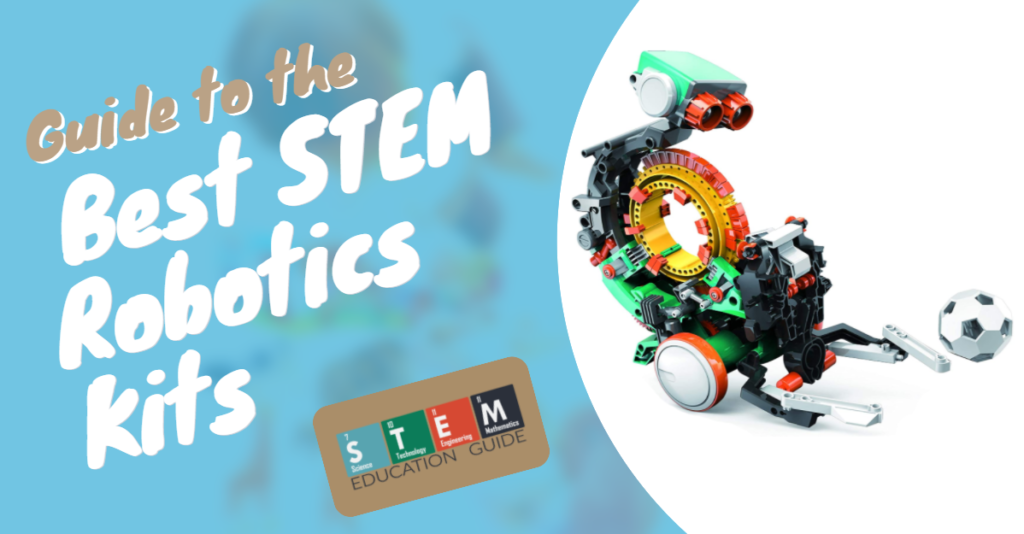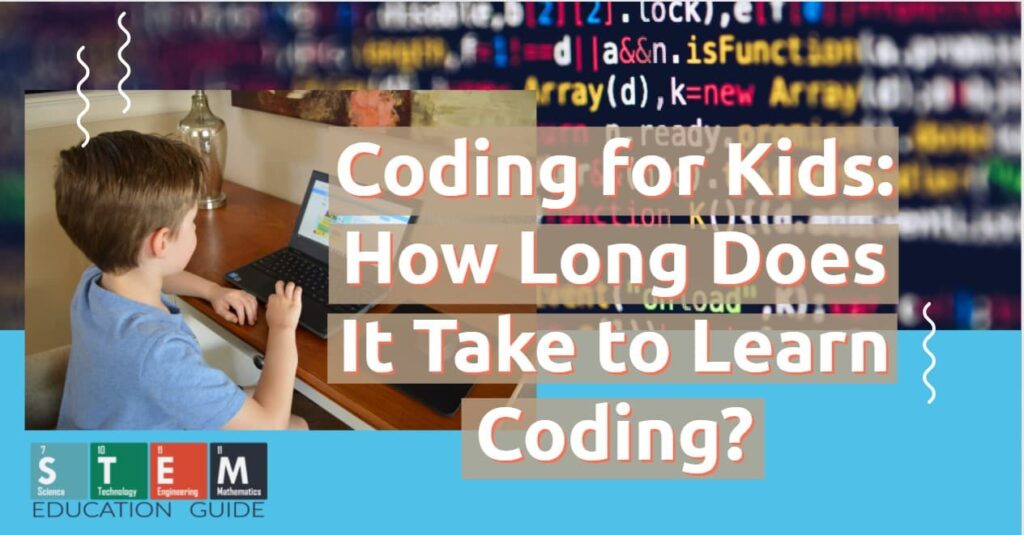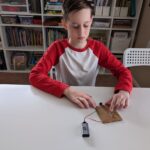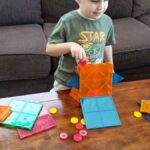Think of the great inventors and geniuses from the past: Thomas Edison, Henry Ford, and Albert Einstein.
Did you know that each of these men had traditional schooling, with some not even finishing? Even though they were born, natural thinkers and innovators think:
How could their schooling have been different if they had a STEM education?
STEM education encourages the natural curiosity of children and sparks seeds of interest in what some call “boring and difficult” subjects. STEM promotes diversity for children of all racial backgrounds and social classes to learn the foundations of Science, Technology, Engineering, and Math, so they are empowered and equipped for careers of the future.
Table of Contents
STEM Methodology
STEM education began (stemschool) in the 1950s when the Sputnik era sparked the race to space. Thus, NASA was born. The original goal was to produce individuals who could advance the United States to become a global leader in the four domains.
Today STEM methodology consists of project-based learning, problem-solving solutions, and inquiry. The teacher often facilitates projects that involve students creating and executing a plan while applying learned skills and asking questions along the way.
The four domains STEM education focuses on are Science, Technology, Engineering, and Math.
Science
In basic terms, science involves studying the structure and interactions of the physical and natural world through observation and experimentation.
Subjects such as biology, chemistry, physics, earth science, and astronomy provide elementary and middle school students with curiosity and opportunities to develop a deep understanding of subject content.
Technology
When we think of technology, we usually just picture computers, cell phones, and tablets. However, technology in STEM goes beyond just the study of computers.
Students develop an understanding of methods, tools, and processes that are applied to scientific research and several industries such as communication, medicine, transportation, and manufacturing.
Engineering
The field of engineering combines scientific and math processes in order to design and build machines and various structures.
In STEM education, students are given real-life scenarios and use the principles of engineering to create products that offer solutions.
Math
Math is more than just simple equations that need to be solved. In STEM, students look beyond solving formulas and immerse themselves deep into the study and application of shapes, data, and numerical relationships.
For a deep dive into what STEM math is, please check out our article.
STEAM
In recent years, STEM evolved into STEAM which now includes the “Arts” to incorporate musical and artistic creativity in children.
For a complete comparison of STEM vs. STEAM, please take a look at our article.
STEM Teaches Critical Thinking and Innovation
In today’s world, things are constantly changing (studyusa) and evolving at a quick rate, especially in STEM. Thus, students need practice and experience to learn to adapt, experiment and take risks by applying their learning of the scientific method to multiple scenarios in everyday life.
The STEM philosophy of education centers around project-based learning which requires students to ask questions and to reflect on their process. When children are able to identify the relationship, related to scientific concepts & predict how these will impact the results, they are learning to apply the STEM principles.
Even if their projects, inquiries, and findings are incorrect at times, students learn that success is found in the failures and is necessary to grow moving forward. This thinking is the main premise of critical thinking and innovation.
What is the Impact of STEM Careers
As we continue to progress in this decade of 2020, the U.S. Bureau of Labor projects (bls) that more than 1 million STEM positions will be added to the job market.
From these statistics, computer software-related STEM jobs are expected to grow by 49%. Even though world events have slowed these calculations down a bit the past two years, the medical science fields are expected to experience higher numbers as well.
The demand for workers who are skilled in these fields continues to grow. As the growth continues, it’s crucial that children develop their experience and understanding of STEM.
For a huge list of STEM Education Statistics, please check out our guide.
How Does STEM Education Prepare a Skilled Workforce
Trends show a big increase in STEM careers over the next decade. To prepare, STEM schools are equipping students to adapt to an ever-changing world.
Children learn to:
- Create, plan, and innovate.
- Embrace technology rather than fear change.
- Collaborate with others and work as a team.
- Be resilient.
- Apply subject content to real-world situations.
- Be optimistic about the future.
- Analyze and interpret data and information.
And of final note:
children who have a curiosity and interest in what they are doing, will ultimately love learning!
Robotics for Kids
Robotics involves kids using their creativity to program, design, and make robots that can perform a task rather than humans. By creating robots, children are using coding, computer programming, and technology in the way they learn best: through play!
As students build robots, they are applying their knowledge of STEM and building their knowledge base for future careers such as IT, computer programming, and electrical engineering.
Believe it or not, there are competitions where students work in teams to design robots. Not only are children working and collaborating together as a team, but they are able to showcase their talent and creativity!
Do you know someone wanting to get into robotics? Check out our guide to robotics kits.
Programming for Kids
Have your children ever played Angry Birds or Minecraft? Nearly all computer games are created using coding.
In the next 10 years, careers in software development and computer programming are projected to increase by 21% (techreplublic). It’s an industry that is constantly growing, which makes programming a highly desired and useful skill.
Programming is inputting written directions and codes that allow computers to function. Attention to detail and organization is crucial to the success of this field.
Thanks to STEM education, children are learning these skills.
As technology continues to advance, any programming kids are exposed to could be helpful in their future careers. Being tech-savvy is a valuable skill as computers evolve and change.
Learning to code can be a challenge at first, but thankfully there are some wonderful programs that make learning fun for beginners!
Here are a few resources to get you started at home:
- Code Monkey teaches kids to code either in the classroom or at home using fun games that are interactive and allow children to exercise their critical thinking skills.
- Scratch is a free coding site where users drag and drop blocks of text to build code. There even is a Jr. version for younger children wanting to learn too.
- Osmo offers a unique platform that combines the virtual and the physical world. Children use physical game pieces to play digital games on a tablet.
Have fun! There are many great programs that can help your child and even you become more skilled in the art of coding.
How long does it take to learn to code? We have a guide that will walk you through all the steps to learning to code in no time!
Wrapping Up
Think of how much the great inventors and geniuses of the past could have thrived in a STEM environment to further develop their understanding of these subjects for the future. Things have certainly changed throughout the years and will continue to do so.
STEM education prepares children from all walks of life to be successful for the future, embrace the changes that come, and adapt in a changing and evolving world.

